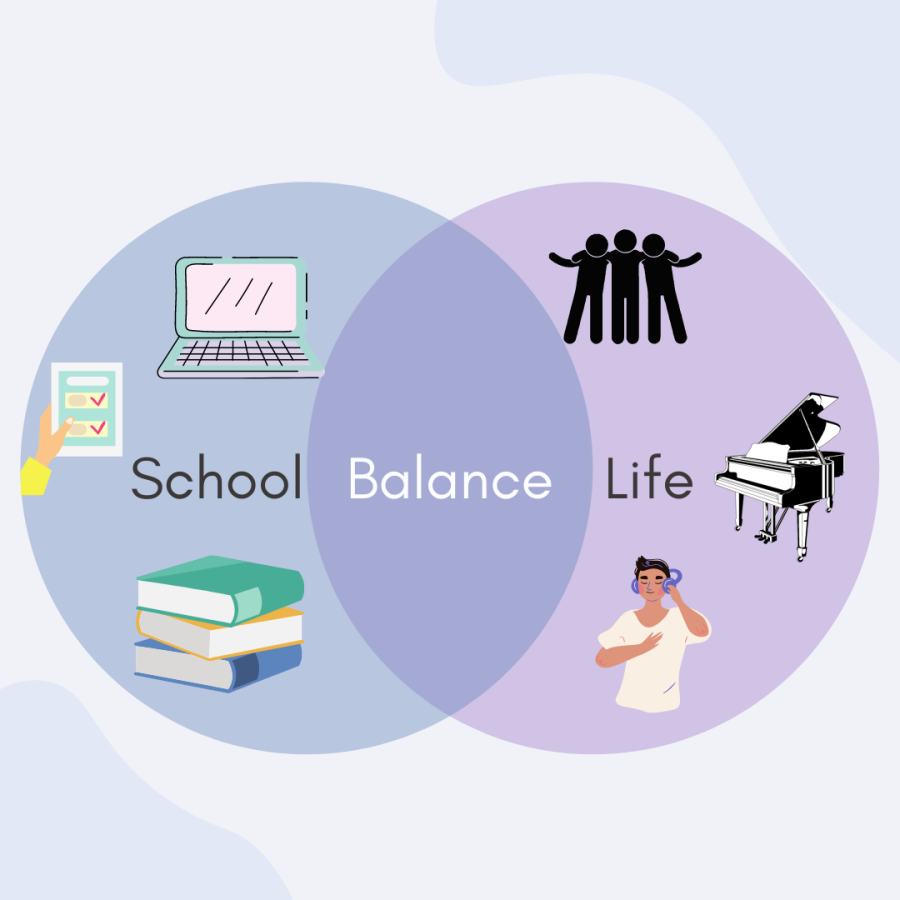What Teaching Style is Best?
September 15, 2022
With any sort of authority, there has always been an element of resistance or an unwillingness to accept. Being any sort of authority figure can be difficult, and it can be hard to find a good style and teaching method that works best for teachers and students. I think we may have cracked the code.
According to Diana Baumrind, a clinical and developmental psychologist, every parent has a specific style of parenting that falls in between these four categories: 1. Permissive style- tends to be more child-driven and the parent rarely gives or enforces rules. 2. Authoritarian style- tends to be more parent-driven with strict rules and punishments, there is not much communication between child and parent. 3. Authoritative parenting style is an even mix of both, there is communication between parent and child and there are set rules and guidelines that favor both the child and parent. 4. Neglectful parenting style, which is where the parent is absent in parenting.
Parenting and teaching are not that different. Both jobs require teaching the child important life lessons and how to act.
The Authoritarian style would be a classroom where it is more teacher-driven and strict with little involvement with the students. This style of teaching tends to lower self-esteem and can decrease social skills but has been known to increase academic scores. A permissive style classroom would be a more student-driven classroom with fewer rules or routines. This tends to leave the students with lower academic scores and decreases self-discipline.
Studies show that an Authoritative style with equal communication and structure can leave the student and teacher happiest and most suited for society. This type of classroom would have a clear set of rules and positive interaction between the teacher and student.
About 57% of students I surveyed claimed that strict teaching can make them more stressed about deadlines and make the class unenjoyable. When I asked if students preferred a “lenient” and “unstructured” classroom, many students felt the lack of structure can encourage procrastination and can cause chaos in the environment.
An anonymous student stated, “I like to think that a teacher should be somewhat strict but also lenient.”
I asked some of our teachers how they would describe their teaching style and some advice they have for fellow teachers.
“I feel if I treat my students the way I want to be treated they will reciprocate the kindness I give. I have learned in my experience of teaching that students will understand the topic more when I relate it to their everyday life and make it meaningful,” replied Leigha Farthing, a psychology teacher.
Math teacher Megan Spires added, “I feel when teaching you need to land somewhere in the middle of strict and lenient because you need to be structured enough to teach the students that there are expectations but lenient enough to understand they may fall short of your expectations because that is a part of learning.”
It is always hard to have a single specific teaching style that works for everyone because children are not all the same, but good teachers are social humans who do their very best to listen, collaborate and adapt to their students. We should all know that teachers are helping to raise the next generation. It is important for teachers and students to create a balance in the classroom in order to create a better learning environment.




































